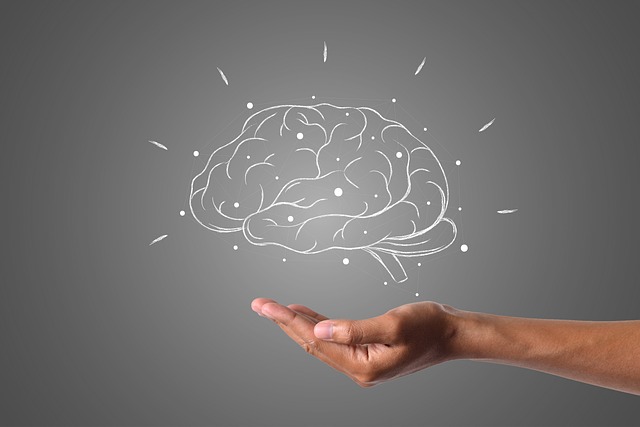
Imagine struggling with mental health challenges so severe that traditional treatments like medication or therapy aren’t working. What if there was a proven, life-changing option? For many people, electroconvulsive therapy (ECT) is that beacon of hope. While it may sound intimidating, ECT has been a trusted medical procedure for decades, providing relief for severe mental health conditions.
Let’s explore what ECT is, how it works, and its benefits and risks, so you can feel informed and empowered about this treatment option.
What Is Electroconvulsive Therapy (ECT)?
Electroconvulsive therapy (ECT) is a medical procedure where small electrical currents are passed through the brain to trigger a brief, controlled seizure. This might sound startling, but don’t worry—patients are under general anesthesia and monitored closely throughout the process.
ECT is believed to work by causing changes in brain chemistry that can alleviate symptoms of certain mental health conditions. It’s particularly effective for people who haven’t responded to other treatments, such as medication or psychotherapy.
What Is Electroconvulsive Therapy Used For?
ECT is primarily used to treat severe mental health disorders, including:
- Major Depressive Disorder
ECT is a go-to treatment for severe depression, especially when other interventions have failed. According to the American Psychiatric Association, ECT has an 80% success rate for treating depression. - Bipolar Disorder
ECT can stabilize mood swings, particularly during depressive or manic episodes. - Schizophrenia
For individuals with treatment-resistant schizophrenia, ECT can help manage symptoms like catatonia or severe psychosis. - Severe Anxiety Disorders
While not the primary treatment, ECT may benefit those with severe, debilitating anxiety when combined with other therapies. - Suicidal Thoughts
ECT is often used as an emergency intervention for individuals at immediate risk of suicide, offering rapid relief.
How Does the ECT Procedure Work?
The ECT process is carefully controlled and includes the following steps:
- Pre-Treatment Preparation
- Before the procedure, the patient undergoes a thorough evaluation, including medical history, blood tests, and a physical exam.
- Patients fast for 6–8 hours before the treatment.
- During the Procedure
- Anesthesia and Muscle Relaxants: Patients are given general anesthesia and muscle relaxants to ensure comfort and prevent physical movement.
- Electrode Placement: Electrodes are placed on the scalp. Depending on the case, this may be unilateral (one side of the brain) or bilateral (both sides).
- Electrical Stimulation: A controlled electrical current is delivered for a few seconds, causing a brief seizure lasting 30–60 seconds.
- Monitoring
- Throughout the procedure, vital signs are closely monitored to ensure safety.
- Post-Procedure Recovery
- Patients typically wake up within 5–10 minutes and remain under observation for a short period before being discharged.
What Happens After ECT?
After an ECT session, patients might experience temporary confusion or grogginess due to anesthesia. Most people can resume normal activities within a day, though it’s advised to have someone accompany them home.
Some common post-treatment effects include:
- Mild Memory Loss: Patients might forget events leading up to or following the procedure, but these effects are usually temporary.
- Headaches or Nausea: These symptoms are rare and typically subside with over-the-counter medications.
Does ECT Help Anxiety?
While ECT isn’t primarily used to treat anxiety, studies suggest it can be beneficial for severe cases of anxiety disorders, particularly when they coexist with depression. By altering brain activity, ECT can reduce symptoms like extreme fear, restlessness, and panic attacks.
Does ECT Help Depression?
Absolutely. ECT is one of the most effective treatments for severe, treatment-resistant depression. Research shows that ECT can lead to significant improvement in up to 90% of patients with severe depression, often working faster than traditional antidepressants.
What Is the Most Serious Side Effect of ECT?
The most serious potential side effect of ECT is memory loss, particularly long-term memory issues. However, advancements in technology and techniques (like unilateral electrode placement) have significantly reduced this risk. Other rare complications may include heart rhythm irregularities, especially in patients with pre-existing conditions.
Why Consider ECT?
ECT might sound intimidating, but for individuals battling severe mental health conditions, it can be life-saving. Here’s a real-world example:
A 45-year-old woman with treatment-resistant depression tried multiple antidepressants and therapy for years without success. After a series of ECT treatments, she reported significant improvement, regaining her energy and zest for life.
Key Takeaways
- ECT is a safe and effective medical procedure for severe mental health conditions.
- It’s particularly beneficial for depression, bipolar disorder, and schizophrenia.
- While there are risks like temporary memory loss, modern techniques have made ECT safer and more targeted.
- Always consult a trusted healthcare provider to explore whether ECT is right for you.
If you or a loved one is struggling with mental health challenges that feel insurmountable, ECT could be a powerful step toward healing. With professional guidance and informed decisions, a brighter future is possible.

